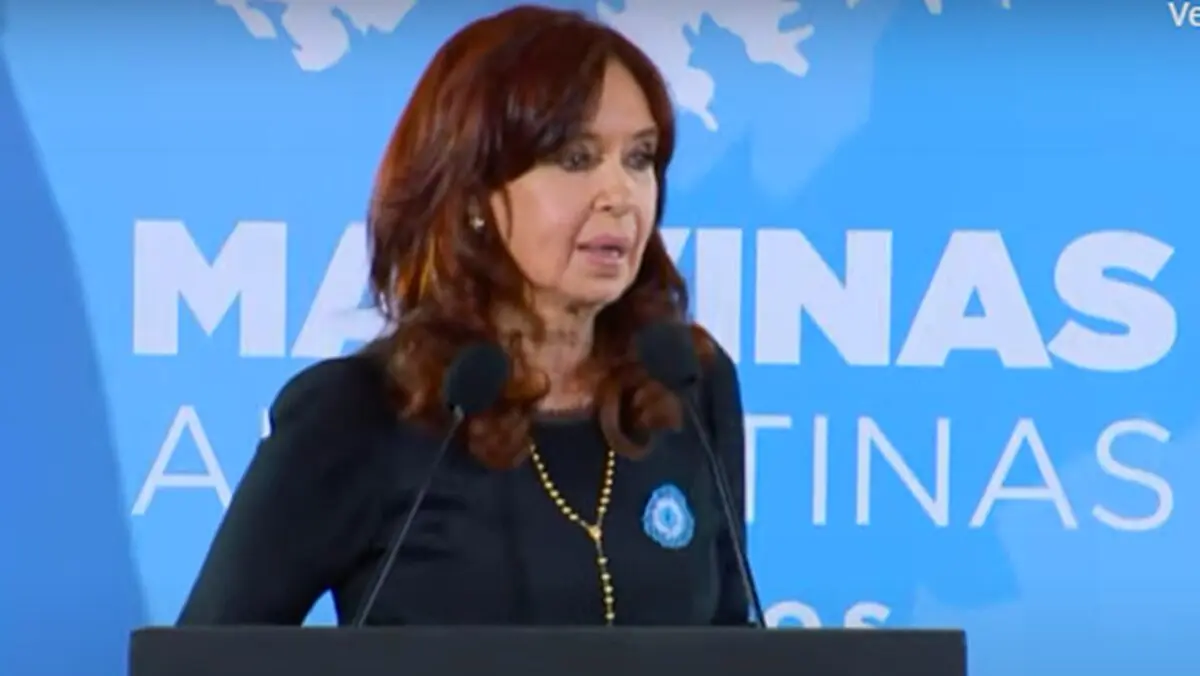Milei Liberalizes the Purchase of U.S. Dollars in Argentina

X/ @porqueTTarg
April 14, 2025 Hour: 12:55 pm
The far-right president eliminated restrictions on the purchase of dollars that had existed for over a decade.
On Friday, Argentine President Javier Milei eliminated the so-called “currency clamp,” a set of restrictions on the purchase of U.S. dollars.
RELATED:
Argentine Unions Hold General Strike After Retirees Protest
“Today we were able to remove the last thorn that caused us deep pain: we got rid of the currency clamp, an aberration that should never have existed,” he said last Friday when announcing the end of most of the currency restrictions.
The origin of the clamp dates back to October 2011, when then-President Cristina Fernandez-Kirchner imposed the first restrictions in an attempt to contain capital flight. Since then, the purchase of dollars at a bank required prior authorization from the tax authority.
Over the years, the clamp became stricter: access to foreign currency for travel and international transfers was restricted, heavy additional taxes were applied to purchases made abroad with credit or debit cards, and requirements for buying dollars multiplied.
Currently, in practice, Argentina is a bimonetary economy in which, although the peso is the national currency, the price of the U.S. dollar determines everyday decisions of investors, businesses, and families.
For decades, Argentines have used the dollar as a savings mechanism. Rather than breaking this habit, the clamp led to the flourishing of the informal market—known as the “blue dollar”—and the invention of sophisticated financial mechanisms to obtain dollars.
This gave rise to the “MEP dollar” and the “CCL dollar,” obtained through bond and stock transactions, and the “crypto dollar,” which involves purchasing cryptocurrencies with pesos and selling them for dollars. The differences in exchange rates between the official rate and alternative rates reached up to 150%—a phenomenon known as the “exchange gap.”
Due to the scarcity of dollars, Argentina came to have around twenty different exchange rates. Among the most well-known are the “savings dollar,” an official exchange rate with added taxes; the “tourist dollar” for purchases abroad or subscriptions to services like Netflix; and the “soy dollar,” the official exchange rate used to settle exports of soybeans.
Argentines even used the “Coldplay dollar,” a differential exchange rate for hiring foreign artists, and the “Qatar dollar,” applied to expenses by Argentine fans who traveled to the 2022 FIFA World Cup.
teleSUR/ JF
Source: EFE






